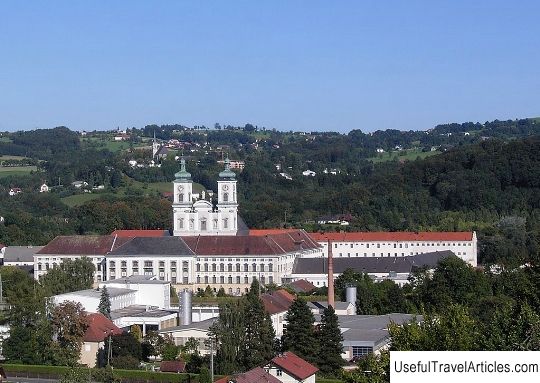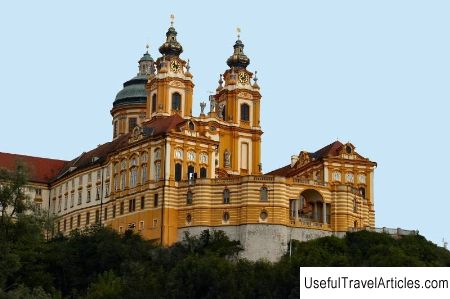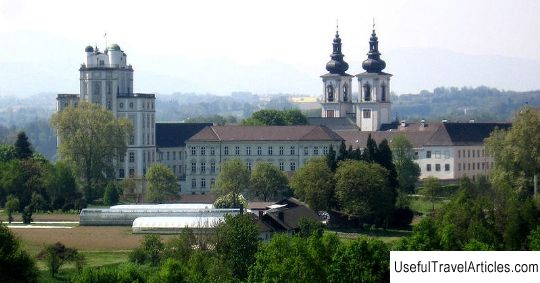Benedictine monastery Lambach (Stift Lambach) description and photos - Austria: Upper Austria
Rating: 8,3/10 (542 votes) 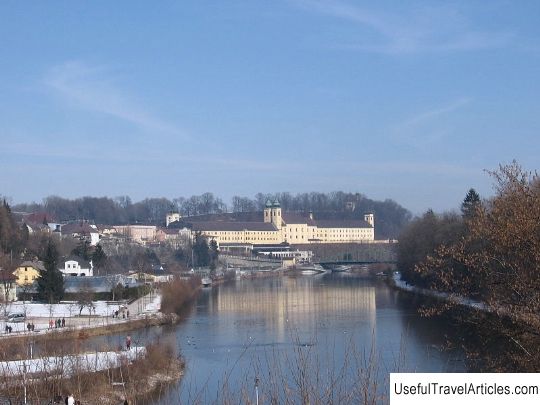
Benedictine monastery Lambach (Stift Lambach) description and photos - Austria: Upper Austria. Detailed information about the attraction. Description, photographs and a map showing the nearest significant objects. The name in English is Stift Lambach. Photo and descriptionLambach Abbey is a Benedictine monastery in Lambach in northwestern Austria. The monastery was founded in 1040 by Count Arnold II. His son, Bishop Adalbero Wurzburg, who was later canonized, converted the monastery into a Benedictine abbey in 1056. In 1233, the Bavarian prince Otto II broke into the possessions of the Lambach monastery, as a result of which the monastery and church were partially destroyed. In the 17th and 18th centuries, the monastery was rebuilt in the Baroque style, work was carried out by the Carlone family. Miraculously, the abbey managed to avoid closure in the 1780s, when Emperor Joseph II dissolved the abbeys. In 1897-1898, young Adolf Hitler lived in the city of Lambach with his parents. He painted beautifully, sang remarkably, so he was accepted into the choir of the Lambakh monastery. For several hundred years, a swastika was depicted on the coat of arms of the monastery. It appeared thanks to the former Abbot Hang in 1860, was carved on a stone slab. Adolf greatly admired the splendor and wealth of the church, which he retained until the end of his days. Throughout his life, Hitler successfully hid from paying any taxes, except for church taxes, which he paid even in 1945. During World War II in 1941, the monastery was seized by the National Socialists. A Nazi school was located on the territory of the abbey. The monks were expelled and called to government service. The monks returned to the abbey only after the end of World War II. Today, the sights of the abbey include the oldest Romanesque frescoes, beautiful baroque facades, a concert hall, which was a refectory in the past. Of great interest are religious artifacts, a rich collection of graphics by Koloman Fellner, a library with a valuable archive of 50,000 volumes.   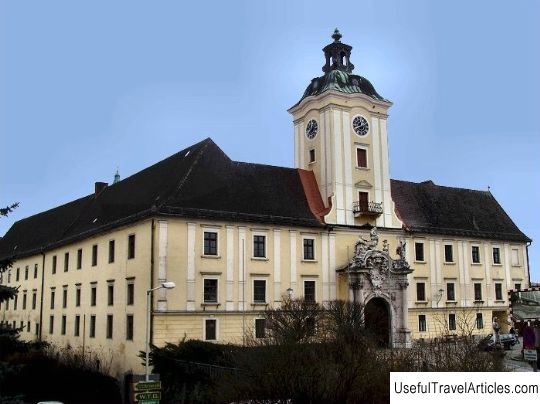   We also recommend reading Eretz Israel Museum description and photos - Israel: Tel Aviv Topic: Benedictine monastery Lambach (Stift Lambach) description and photos - Austria: Upper Austria. |

